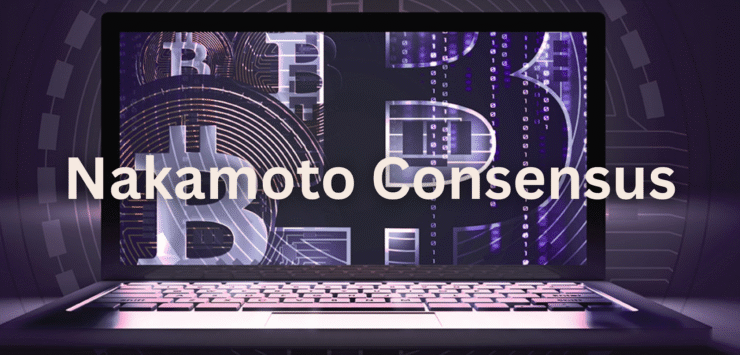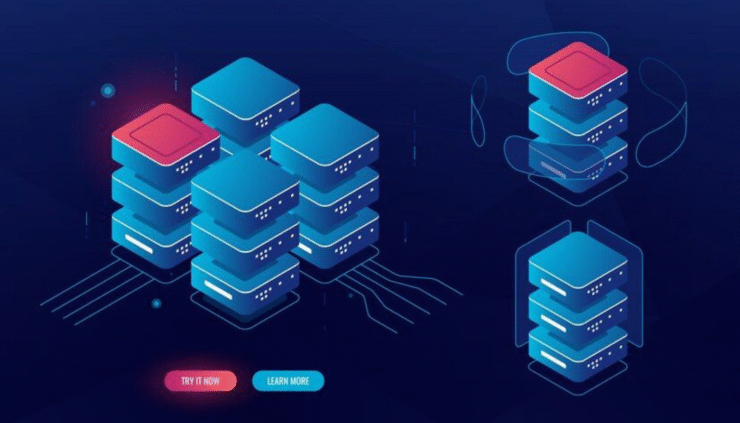When we talk about blockchain technology, one crucial concept that keeps everything running smoothly is the Nakamoto Consensus.
Named after Bitcoin’s mysterious creator, Satoshi Nakamoto, this consensus algorithm forms the backbone of most blockchain systems, ensuring trust, security, and decentralization.
But what exactly is the Nakamoto Consensus, and why is it so important? Let’s break it down.
What Is Nakamoto Consensus?
Nakamoto Consensus is a method used to achieve agreement among decentralized nodes in a blockchain network. In simple terms, it’s the rulebook that helps everyone on the network agree on the validity of transactions and the state of the blockchain.
This ensures that no single person or organization can control the system, allowing for a fully decentralized and secure network.
The Nakamoto Consensus is most famous for being used in Bitcoin, but it’s also the foundation for other cryptocurrencies and blockchain projects.
The Problem of Trust in Decentralized Systems
Before blockchain, digital systems often relied on centralized authorities like banks or governments to maintain trust. For instance, when you make an online payment, you trust a bank to confirm and verify the transaction.
However, in decentralized networks, there is no central authority. This creates a trust problem—how do users trust that transactions are valid without relying on a central entity? This is where the Nakamoto Consensus comes in.
How Nakamoto Consensus Works
At the heart of Nakamoto Consensus is a concept called proof-of-work (PoW). Here’s how it works:
- Mining: In Bitcoin’s case, miners compete to solve complex mathematical problems. The first miner to solve the problem gets the right to add a new block of transactions to the blockchain.
- Block Validation: Once a miner adds the new block, the other nodes (computers) in the network validate the transaction. If most nodes agree that the block is valid, it’s permanently added to the blockchain.
- Chain of Blocks: The process continues as new blocks are added, and the longest chain of blocks (the chain with the most work done) is considered the valid one. This makes it difficult for anyone to tamper with the blockchain because altering one block would require changing all the blocks that follow it, which would take an enormous amount of computational power.

Key Features of Nakamoto Consensus
Nakamoto Consensus offers several key features that make blockchain systems secure and reliable:
- Decentralization: No single party controls the network, making it resistant to censorship and manipulation.
- Security: The more miners there are, the harder it becomes to attack the network, as attackers would need to control over 50% of the network’s computational power (known as a 51% attack).
- Transparency: All transactions are recorded on a public ledger that anyone can access and verify, ensuring full transparency.
- Immutability: Once a block is added to the blockchain, it cannot be altered or deleted, providing a permanent and unchangeable record of all transactions.
Why Nakamoto Consensus Is Important for Blockchain Innovation
The Nakamoto Consensus is revolutionary because it eliminates the need for a trusted intermediary. In traditional systems, a central entity ensures that transactions are legitimate, but in Nakamoto Consensus, trust is built into the system itself through decentralized consensus.
This has led to the rise of cryptocurrencies, smart contracts, and various other blockchain applications. Without Nakamoto Consensus, blockchain technology would not be as secure or reliable as it is today.
Advantages of Nakamoto Consensus
Nakamoto Consensus brings several advantages to blockchain networks:
- Security and Trustlessness: Since the network doesn’t rely on a central authority, there’s no single point of failure, making it more secure and trustless.
- Scalability: While Nakamoto Consensus can be slow, especially in the case of Bitcoin, it has shown the potential to scale through layer-two solutions like the Lightning Network that improve transaction speed and reduce costs.
- Global Accessibility: Nakamoto Consensus enables a truly decentralized financial system that anyone with an internet connection can access, breaking down barriers to entry in the global economy.

Challenges of Nakamoto Consensus
While Nakamoto Consensus offers many benefits, it also faces challenges:
- Energy Consumption: The proof-of-work system requires a lot of energy, which has led to concerns about the environmental impact of blockchain networks like Bitcoin.
- Scalability Issues: Bitcoin’s network can process only a limited number of transactions per second. This has resulted in slower transaction speeds during periods of high demand, though various upgrades are being worked on to address this.
- Centralization of Mining: Despite its decentralized nature, Bitcoin mining has become concentrated in a few large mining pools, which poses a potential risk to the network’s true decentralization.
The Future of Nakamoto Consensus
As blockchain technology continues to evolve, Nakamoto Consensus may undergo updates or improvements.
For example, some newer blockchains use alternative consensus mechanisms like proof-of-stake (PoS), which aims to reduce energy consumption and increase scalability.
However, Nakamoto Consensus remains a cornerstone of blockchain innovation, especially in the world of cryptocurrencies.
Moreover, layer-two solutions like the Lightning Network are working to overcome the scalability issues of Nakamoto Consensus by enabling faster, off-chain transactions while still benefiting from the security and decentralization of the Bitcoin network.
Conclusion
Nakamoto Consensus is the foundation of blockchain innovation. By solving the problem of trust in decentralized networks, it enables secure, transparent, and immutable transactions without the need for intermediaries.
While challenges like energy consumption and scalability exist, the continued development of blockchain technology shows great promise.
As the world embraces decentralized solutions, Nakamoto Consensus will likely remain a vital part of the evolution of blockchain and cryptocurrency systems.





